
| Fall 2025 Loewe x Albers Collection |

| Joseph Albers, Homage to the Square 1a-1k, 1970, portfolio of 10 screenprints Edition of 125 |
As Fashion Month unfolds across New York, London, Milan, and Paris, the runway reveals more than a showcase for clothes. It’s a reminder that fashion can often behave like an exhibition space—absorbing influences, amplifying artists, and offering a complementary platform where art can be experienced in a new, dynamic context.

| The relationship is almost as old as modern fashion itself. In the 1930s, Italian fashion designer Elsa Schiaparelli turned to her circle of surrealist friends, transforming Jean Cocteau’s drawings and Salvador Dalí’s wit into garments that blurred the line between clothing and artwork. Yves Saint Laurent would later distill Mondrian’s abstract canvases into wearable icons, while Halston and Andy Warhol exchanged ideas between studio and nightclub. Together, these moments revealed how fashion didn’t just borrow from art but extended it into everyday life.
|
| Decades later, Louis Vuitton scaled this dialogue into a global phenomenon. Takashi Murakami’s technicolor monogram bags became instant icons, offering contemporary art mass exposure no gallery could rival. Suddenly, a handbag was not only a luxury object but a moving canvas—an exhibition on the street.
|
| This fall season shows how the dialogue between art and fashion stretches from high luxury to the mass market. Loewe revisited Josef Albers’s geometry at the highest level of craftsmanship, while J.Crew translated Ann Craven’s painterly abstractions into everyday patterns, and Uniqlo appointed KAWS (Brian Donnelly) as its first-ever artist in residence. On the New York runway, Jason Wu channeled the experimental spirit of Robert Rauschenberg while Ulla Johnson incorporated Helen Frankenthaler’s washes of color into textiles. Across the pond in London, Emilia Wickstead drew from Mapplethorpe’s formal compositions, while in Milan, cult brand Sunnei staged a runway-cum-Christie’s auction. Together, these moments capture a season where crossovers move fluidly from ateliers to the high street—offering collectors and audiences alike new ways to see, experience, and even own a piece of the art-fashion dialogue.
|



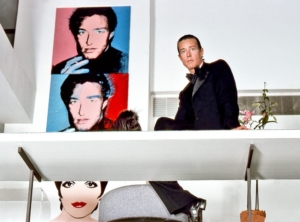


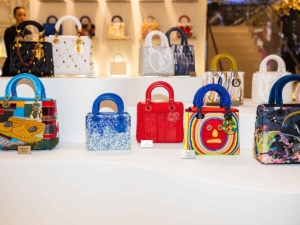
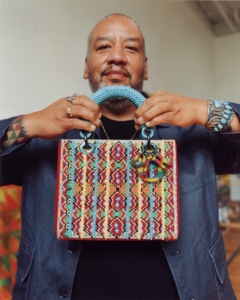
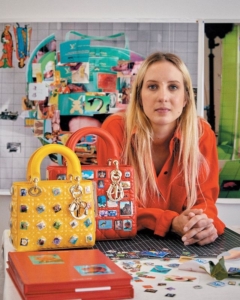

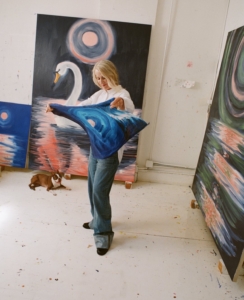
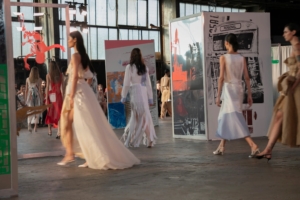


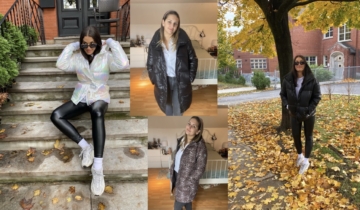
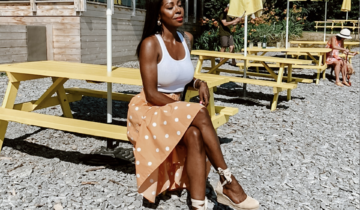
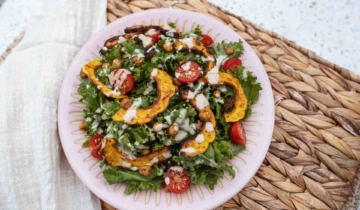
 No products in the cart.
No products in the cart.